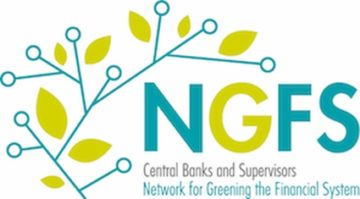 Daniela Gabor in Phenomenal World:
Daniela Gabor in Phenomenal World:
If central banks were ambitious about shrinking private lending to carbon activities, the COP26 press release would have announced plans to explicitly penalize dirty lending in both monetary policy and regulatory frameworks, and specified an ambitious timeline for doing so. These plans would upgrade the Bank of England’s “carrots first, sticks later” approach to decarbonizing its corporate bond purchases (which first rewards, and only later envisages penalizing) to a carrots and sticks approach better aligned with the climate urgency. By rapidly ending the historical carbon bias hardwired into collateral frameworks and unconventional corporate bond purchases, as they have repeatedly promised to do, central banks would ensure that the cost of capital for high carbon activities increases significantly, redirecting financial flows to green activities.
To minimize dirty arbitrage (fossil assets shifting across private portfolios), the central banks might announce the inclusion of private equity and other shadow banks within the scope of the new “carrots and sticks” regime. To further reduce transition risks and preserve an orderly transition, they could recommend new accounting rules for stranded assets (suspending mark to market) in systemic institutional portfolios.
Central banks would also address the structural shortage of green assets by calling on fiscal authorities to collectively develop new regimes of green macro-coordination. The accelerated issuance of green sovereign bonds could absorb the flow of capital leaving dirty activities, and finance nationally-developed green public investment plans and green industrial policies. This might come alongside increased taxation of conspicuous luxury consumption and avoid carbon shock therapy by carefully deploying carbon prices without allowing them to dictate the pace and direction of decarbonization.
More here.
